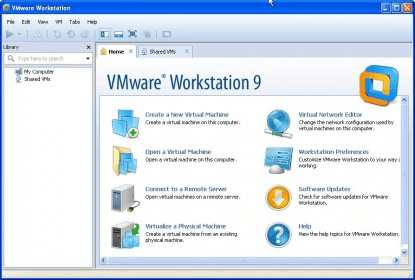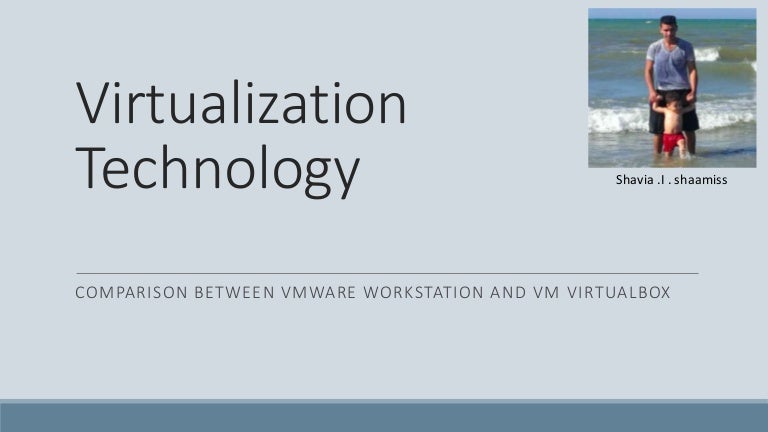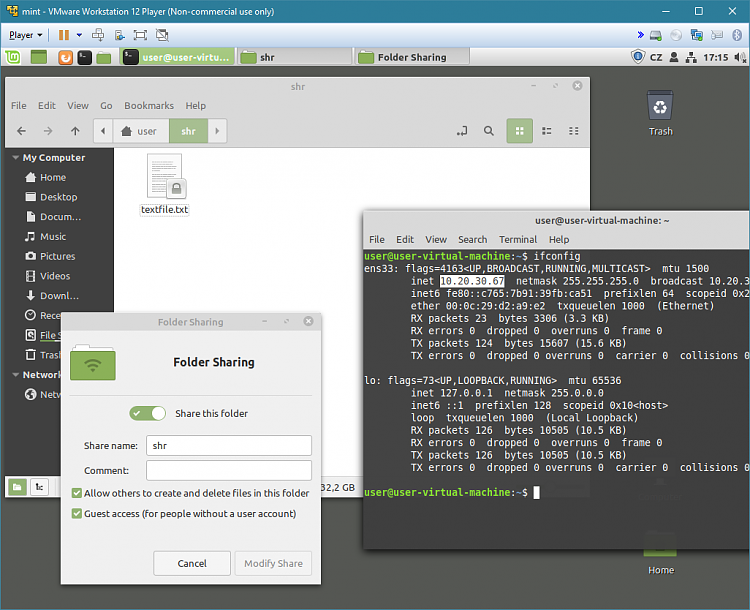- VMware vSphere - v9.0 through 9.4 Revision 02 - Last updated July 9, 2020 - Send Feedback - Virtual GPU Software R 430 for VMware vSphere Release Notes Release information for all users of NVIDIA virtual GPU software and hardware on VMware vSphere.
- Aug 05, 2021 VMware Telco Cloud Automation 1.9.5 automates the configuration of the VF so RAN ISVs can consume it. Cache Allocation Technology (CAT) Support. VMware Telco Cloud Automation 1.9.5 addresses certain DU requirements through its CAT support. CAT support allocates resource capacity in the Last Level Cache (LLC) based on the class of service.
- VMware Workstation 9.0.4 for Linux: 2014-07-03: Go to Downloads Enter a valid date. Cookie Settings.
- VMware was the first commercially successful company to virtualize the x86 architecture. VMware's desktop software runs on Microsoft Windows, Linux, and macOS, while its enterprise software hypervisor for servers, VMware ESXi, is a bare-metal hypervisor that runs directly on server hardware without requiring an additional underlying operating.
A VMware vulnerability with a severity rating of 9.8 out of 10 is under active exploitation. At least one reliable exploit has gone public, and there have been successful attempts in the wild to compromise servers that run the vulnerable software.
The vulnerability, tracked as CVE-2021-21985, resides in the vCenter Server, a tool for managing virtualization in large data centers. A VMware advisory published last week said vCenter machines using default configurations have a bug that, in many networks, allows for the execution of malicious code when the machines are reachable on a port that is exposed to the Internet.Otherwise, please bear all the consequences by yourself. This work is licensed under a Creative Commons Attribution-NonCommercial-ShareAlike 4.0 International License. Below are some License Keys for VMware Workstation 9, all tested by AppNee, working all right. Shared them to all you folks who need that!

Code execution, no authentication required

On Wednesday, a researcher published proof-of-concept code that exploits the flaw. A fellow researcher who asked not to be named said the exploit works reliably and that little additional work is needed to use the code for malicious purposes. It can be reproduced using five requests from cURL, a command-line tool that transfers data using HTTP, HTTPS, IMAP, and other common Internet protocols.
Another researcher who tweeted about the published exploit told me he was able to modify it to gain remote code execution with a single mouse click.
Quick confirm that this is the real PoC of CVE-2021-21985 👍 pic.twitter.com/jsXKFf1lZZ
— Janggggg (@testanull) June 3, 2021“It will get code execution in the target machine without any authentication mechanism,” the researcher said.
I haz web shell
Researcher Kevin Beaumont, meanwhile, said on Friday that one of his honeypots—meaning an Internet-connected server running out-of-date software so the researcher can monitor active scanning and exploitation—began seeing scanning by remote systems searching for vulnerable servers.
About 35 minutes later, he tweeted, “Oh, one of my honeypots got popped with CVE-2021-21985 while I was working, I haz web shell (surprised it’s not a coin miner).”
 Advertisement
Advertisement Oh, one of my honeypots got popped with CVE-2021-21985 while I was working, I haz webshell (surprised it’s not a coin miner).
— Kevin Beaumont (@GossiTheDog) June 4, 2021A web shell is a command-line tool that hackers use after successfully gaining code execution on vulnerable machines. Once installed, attackers anywhere in the world have essentially the same control that legitimate administrators have.
Troy Mursch of Bad Packets reported on Thursday that his honeypot had also started receiving scans. On Friday, the scans were continuing, he said. A few hours after this post went live, the Cybersecurity and Infrastructure Security Administration released an advisory.
It said: 'CISA is aware of the likelihood that cyber threat actors are attempting to exploit CVE-2021-21985, a remote code execution vulnerability in VMware vCenter Server and VMware Cloud Foundation. Although patches were made available on May 25, 2021, unpatched systems remain an attractive target and attackers can exploit this vulnerability to take control of an unpatched system.'
Under barrage
The in-the-wild activity is the latest headache for administrators who were already under barrage by malicious exploits of other serious vulnerabilities. Since the beginning of the year, various apps used in large organizations have come under attack. In many cases, the vulnerabilities have been zero-days, exploits that were being used before companies issued a patch.
Attacks included Pulse Secure VPN exploits targeting federal agencies and defense contractors, successful exploits of a code-execution flaw in the BIG-IP line of server appliances sold by Seattle-based F5 Networks, the compromise of Sonicwall firewalls, the use of zero-days in Microsoft Exchange to compromise tens of thousands of organizations in the US, and the exploitation of organizations running versions of the Fortinet VPN that hadn’t been updated.Vmware 9.8
Like all of the exploited products above, vCenter resides in potentially vulnerable parts of large organizations’ networks. Once attackers gain control of the machines, it’s often only a matter of time until they can move to parts of the network that allow for the installation of espionage malware or ransomware.
Vmware 94fbr
Admins responsible for vCenter machines that have yet to patch CVE-2021-21985 should install the update immediately if possible. It wouldn’t be surprising to see attack volumes crescendo by Monday.
Vmware 9298722
Post updated to add CISA advisory.
I recently setup an Intel NUC 9 Extreme with ESXi and found the included printed instructions a little vague. Here are some photos to show what the internals look like and where to install the RAM and NVMe M.2 devices.
What I like about the Intel NUC 9 Extreme:
- Very compact form factor with loads of options
- Has the NUC9VXQNX option for Intel Xeon E-2286M CPU 8 core (16 H/T) @ 2.4GHz Processor
- Has Slots for 3 NVMe M.2 Devices (needed for vSAN config)
- 1 Baseboard slot for ESXi Boot (42/80/110mm slot)
- 2 Intel CPU Module Slots for vSAN Cache and Capacity drives (42/80/110mm slot & 42/80mm slot)
- Supports up to 64GB SODIMM RAM
- Two additional PCIe Slots for GPU & more NICs, if required
- Has two USB-C ports for 10GbE adapters, if required
- Two onboard 1GbE ports for management vmnics
- ESXi 7.0.1 installs cleanly and runs without extra customization
- Only need a small Phillips head screw driver to disassemble the NUC and install the RAM and NVMe M.2 devices
Intel NUC 9 Front, Rear and with top cover off

Intel NUC 9 sides with covers on and off
Intel NUC 9 Baseboard (with NVMe M.2 device heat-sink removed) and Intel CPU Module with SODIMM RAM modules and NVMe M.2 devices installed